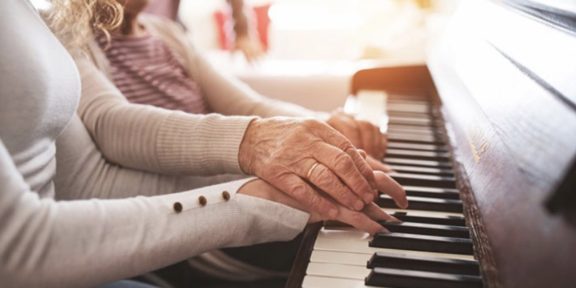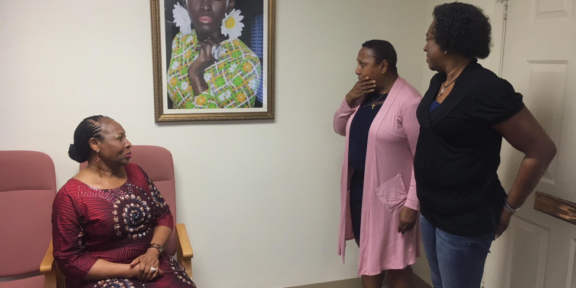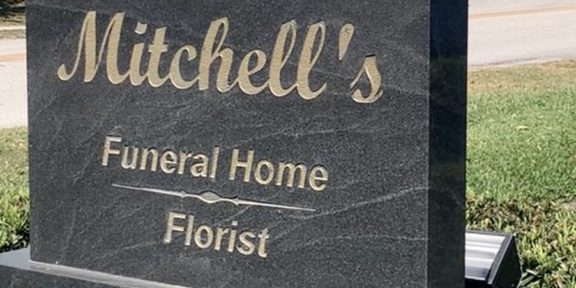Teachers are already stressed with tests and exams, class sizes and new curriculum, students and parents relationships, but now they have to worry even more about keeping themselves as well as students safe.
On December 14, 2012, Sandy Hook Elementary School in Newton, Connecticut, experienced a mass shooting, also known as Newton Shootings of 2012. After 20-year-old Adam Lanza brutally murdered his mother at home with her AR-15, he destroyed his computer’s hard drive, which would make it harder to gather evidence for the crimes he would later commit.
Lanza gathered his mother’s murder weapon, two semi-automatic pistols, one shotgun, and plenty of ammunition and then drove his mother’s car to Sandy Hook Elementary. Just before 10:00 am, he shot through the first window he saw, but was shortly approached by Sandy Hook’s principal and school psychologist. He immediately shot and killed both women.
In the first classroom, which belonged to Lauren Rousseau, Lanza shot and killed her and her 14 students. He then traveled to the second classroom, where first grade teacher, Victoria Soto, hid her students in a closet. After killing Soto, he killed six students who attempted to escape from their hiding. Four other Sandy Hook faculty members were shot and killed.
During an interview with CBS news, teacher Kaitlin Roig at Sandy Hook Elementary, explained how she took 15 first-graders into a tiny bathroom to attempt to save their lives. “I pulled a bookshelf before I closed the door in front of it so we were completely barricaded in.” “I have to almost be their parent, I said to them, ‘I need you to know that I love you all very much and that it’s going to be okay’ I thought that was the last thing they were ever going to hear; I thought we were all going to die.”
Today mass shootings in schools are too many to count. In the wake of so much trauma, it is evident that teachers have a big role in situations like these. Instead of confronting the issue and trying to fix it that fast and easily, teachers should reassure students that they’re safe, and should try their best to listen than to talk.
In conclusion, after such a hair-raising incident, teachers should certainly inform students that they’re in a sheltered environment where they feel safe and protected. Students need to be listened to more than being talked to. I strongly believe that teachers should learn and take note about helping students cope with school shootings. But their first lesson must start with the student in the mirror.






